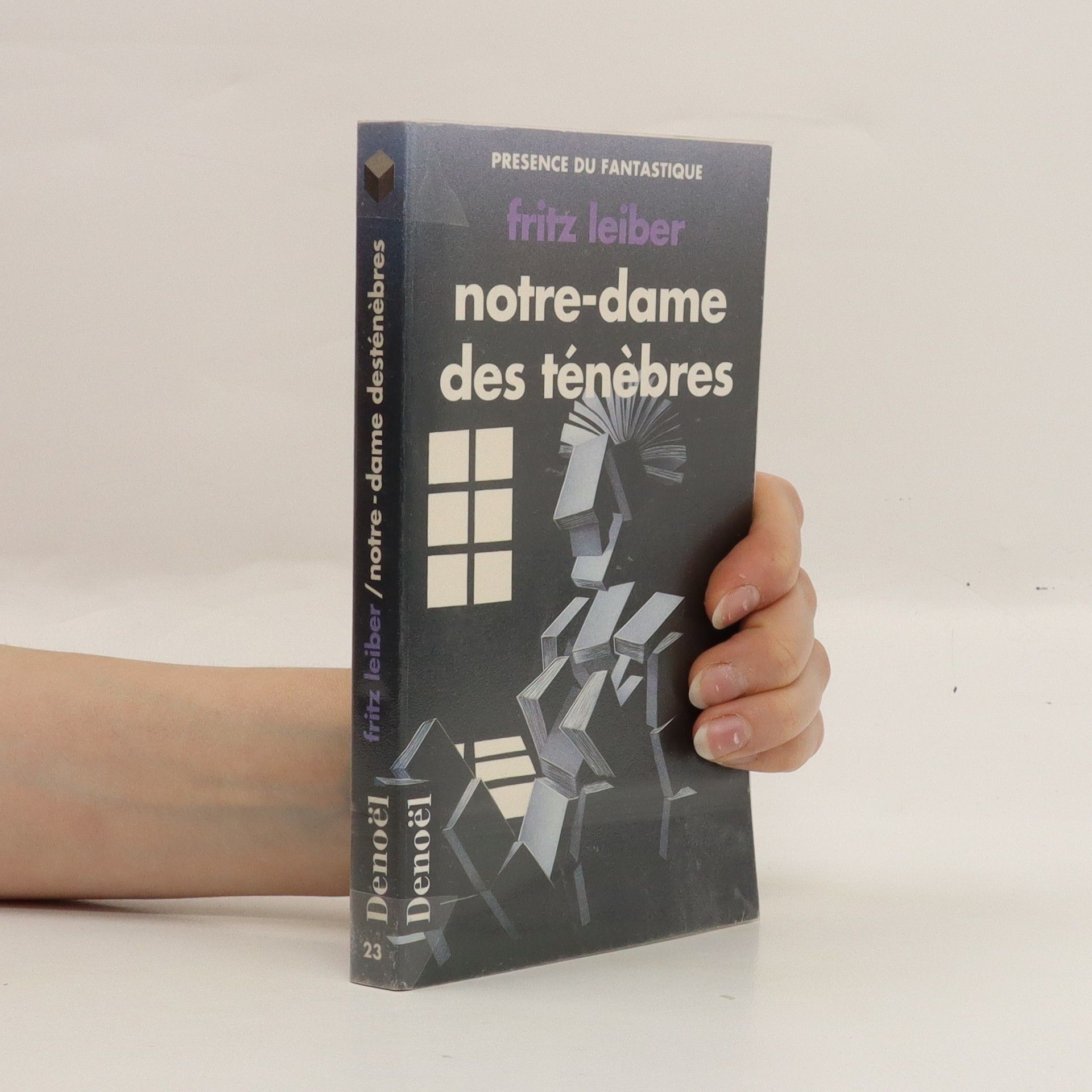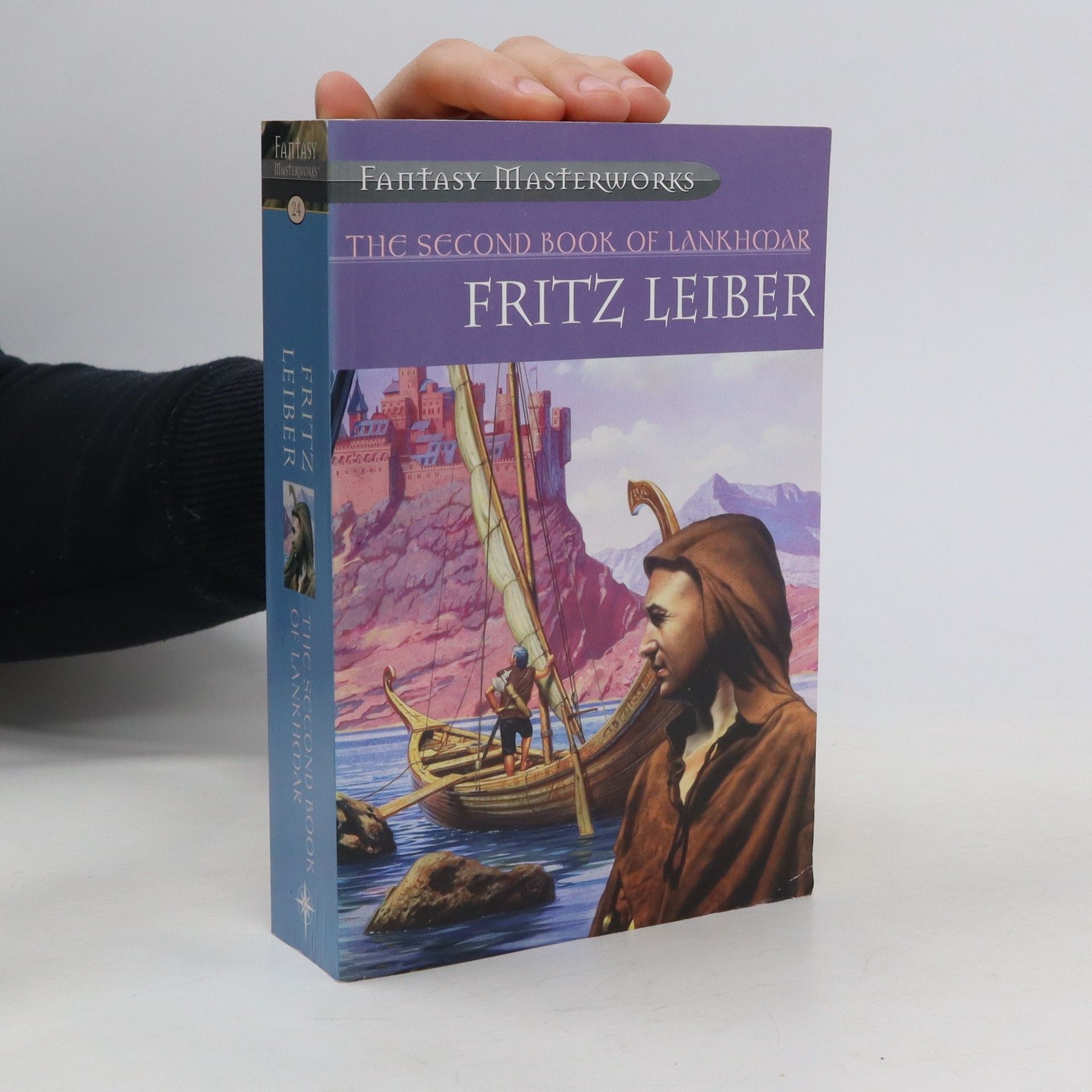Le vagabond
- 509pages
- 18 heures de lecture
Les étoiles bougèrent dans le ciel, et le Vagabond surgit du vide interstellaire. C'était une planète entière qui menaçait la Terre. Elle dévora la lune. On la prit d'abord pour un astre errant, puis on découvrit qu'elle était habitée, pilotée et servait de refuge à un peuple fugitif. Mais sur Terre, le Vagabond avait déclenché l'apocalypse. Des tremblements de terre, des raz de marée de plus de cinq cents mètres de hauteur, la panique. Sans le vouloir, sans le savoir, le Vagabond avait ébranlé les fourmilières humaines. Il portait aussi l'amour. Celui de Paul Hagbolt pour Tigrishka, la femme-chat, un amour impossible entre deux espèces, deux mondes, deux désespoirs. Ou deux espoirs. Prix Hugo 1965, Le Vagabond, le plus célèbre roman de Fritz Leiber, est l'un des grands classiques de la science-fiction, comparable par son originalité et sa qualité littéraire à La Guerre des mondes de H.G. Wells et aux Chroniques martiennes de Ray Bradbury.









